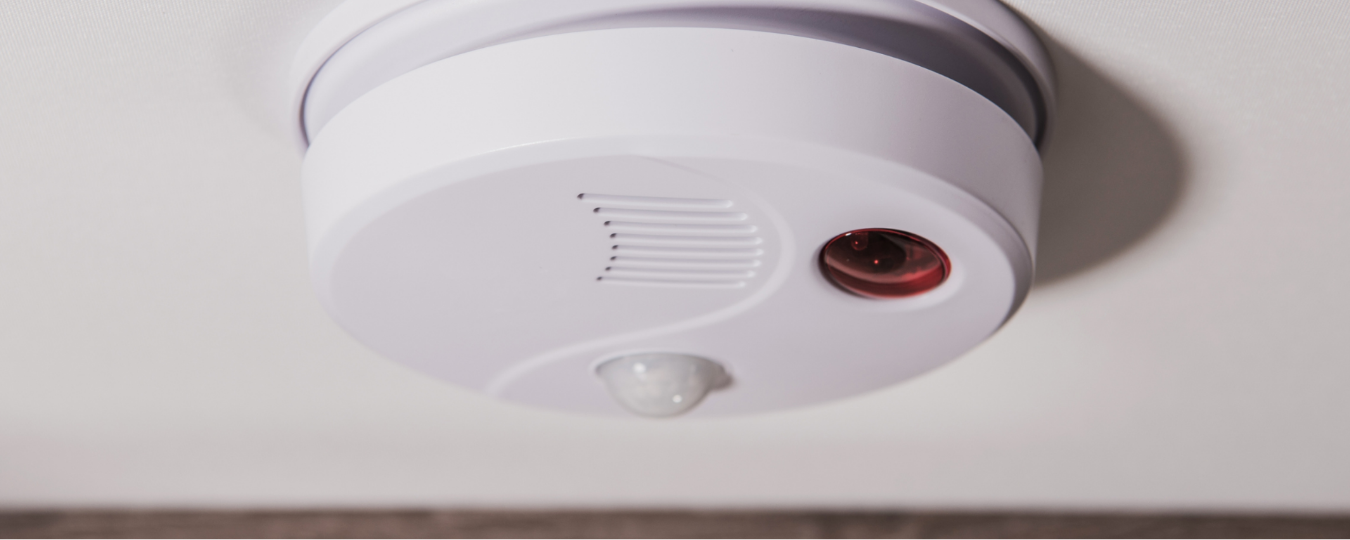What to Know About Carbon Monoxide

Carbon monoxide is known as the silent killer as it has no smell, taste or colour, thus giving no warning of its potentially fatal presence. Our guide will help you tell if carbon monoxide is present in your home, and show you how to prevent it.
Carbon Monoxide, also known as CO, is a colourless and odourless gas that is highly poisonous. About 40 people die every year in Ireland from accidental CO poisoning in the home. Carbon monoxide is formed when organic fossil fuels such as oil, gas, turf or coal do not burn fully. When it is inhaled into the body it prevents the blood in your system from absorbing oxygen. If a person is exposed to carbon monoxide over a long period of time, it can cause serious illness or death.
Causes of Carbon Monoxide in the Home
The following are potential causes of carbon monoxide in the home, which can put you and your family in danger of carbon monoxide poisoning:
- Heating appliances not regularly maintained or serviced.
- Rooms not appropriately ventilated.
- Blocked chimneys or flues.
- Faulty or damaged heating appliances.
- Indoor use of outdoor appliances such as barbecues or outdoor heaters.
- Improper operation of heating appliances.
- Using cooking appliances for heating.
- Running engines such as cars or lawnmowers in garages.
Signs of Carbon Monoxide in the Home
Watch out for the following warning signs that your appliance may not be operating properly:
- Discolouration around the appliance.
- Appliances that burn inappropriately.
- A yellow or orange flame where normally blue.
- Condensation on walls and windows in the room when the appliance is lit.
- A strange smell when the appliance is in operation.
- Rusting or water streaking on appliance cabinet, vent or chimney.
If you spot any of the signs outlined above, stop using the appliance immediately. Do not use it again until it has been checked by a registered service agent.
Did You Know?
Up until the late 80’s, canaries were used in coal mines to detect the presence of dangerous gases such as carbon monoxide. If the bird showed any signs of distress, it was time to get out of the mine. Thankfully, the introduction of carbon monoxide alarms has retired the canaries from the mines.
Carbon Monoxide Symptoms
Knowing the symptoms of carbon monoxide poisoning could save a life; they are as follows:
- Headache
- Chest pain
- Muscular weakness
- Nausea, diarrhea or stomach pain
- Sudden dizziness when standing up
- General fatigue
If anyone in your household suffers from any of these symptoms, get fresh air immediately. Visit your doctor and ask to be checked for carbon monoxide poisoning.
How to Prevent Carbon Monoxide Poisoning
Here are a few ways you can prevent carbon monoxide poisoning:
- Boilers, heating systems and appliances should be installed and serviced regularly by a reputable, registered engineer.
- Never use ovens or gas ranges to heat your home.
- Make sure rooms are ventilated and that air vents are kept clear.
- Sweep chimneys and flues regularly and make sure that they are kept clear.
- Do not leave lawnmowers or cars running in a garage.
- Do not burn charcoal such as on an indoor barbecue in an enclosed space.
- Do not sleep in a room with a paraffin heater or an unflued gas fire.
- Fit an extractor fan in your kitchen.
- Fit a carbon monoxide alarm.
Installing a Carbon Monoxide Alarm
arbon monoxide alarms are a very effective precaution against carbon monoxide poisoning. These alarms will identify and signal the presence of carbon monoxide in your home, aiding in your defence against carbon monoxide poisoning.
When buying a carbon monoxide alarm, check it complies with EN 50291 standards. An alarm should be fitted in each room where an appliance and/or flue is located. Always follow the manufacturer's guidelines when installing alarms.


Leave a Comment